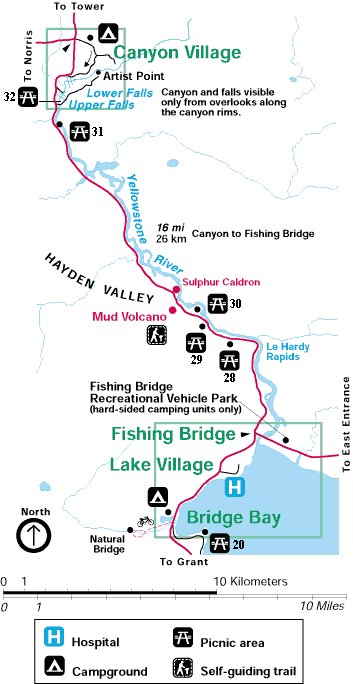|
Second Day May 8. 2006 The morning started at 7 a.m. with the breakfast at the hotel. It was not very good, butit was food. After that we drove to the Yellowstone National Park, which was about 2 miles from the hotel. This was the view:
http://www.nps.gov/yell/planvisit/orientation/index.htm
"Under Yellowstone, there is a mantle hotspot that has interacted intensely with the continental lithosphere during the last 16 million years. It produced an 800 km long track of extremely explosive felsic volcanism along the Snake River Plain that includes five States. The activity of this hot spot produced enormous earthquakes, influenced the active fault systems and modified the crust and upper mantle of the area. The Yellowstone plateau, created by a series of volcanic eruptions from a mantle hotspot, which rises above the Snake River plain to the southwest (left). The Yellowstone caldera (outlined in red), in the central plateau, was created by a giant volcanic eruption 630,000 years ago. The caldera was a 50 x 40 mile depression that was filled in by younger, smaller eruptions over time. The eruptions that created the plateau rearranged the topography of the land: the plateau was mountainous region prior to the onset of volcanism, and the mountain ranges to the north and south of the present plateau were once continuous.(Smith, R. B. and L. Siegel, 2000, Windows Into the Earth.) Our exciting discovery of this wonderland started at the Mammoth Hot springs area. We spent most of the morning at the so called terrace area.
First we listened to the group presentation about the formation of this area and than walked around. "The heat
for Mammoth hot springs is coming up along a fault zone which
extends from here to Norris geyser basin. The acidic hot water
is coming through limestone bedrock picking up lots of calcium
from the limestone and becoming neutral and alkaline. When the
water reaches the surface, and the gases escape, the water
becomes super saturated in calcium carbonates and "travetrine"
precipitates.
Spring waters are expelled in the vent facies at 71
to 73°C and precipitate mounded travertine composed
of aragonite needle botryoids. The apron and channel
facies (43-72°C) is floored by hollow tubes composed
of aragonite needle botryoids that encrust sulfide-oxidizing
Aquificales bacteria. The travertine of the pond
facies (30-62°C) varies in composition from aragonite
needle shrubs formed at higher temperatures to ridged
networks of calcite and aragonite at lower
temperatures. Calcite "ice sheets", calcified bubbles,
and aggregates of aragonite needles ("fuzzy dumbbells")
precipitate at the air-water interface and settle to
pond floors. The proximal-slope facies (28-54°C),
which forms the margins of terracette pools, is
composed of arcuate aragonite needle shrubs that create
small microterracettes on the steep slope face. Finally,
the distal-slope facies (28-30°C) is composed of
calcite spherules and calcite "feather" crystals.
" Depositional Facies and
Aqueous-Solid Geochemistry of Travertine-Depositing Hot Springs
(Angel Terrace, Mammoth Hot Springs, Yellowstone National Park,
U.S.A.) (
After the terraces, we drove to the actual Mammoth springs visitor center and had lunch. The weather so far was alright, but after lunch it became pretty bad, and we found ourselves driving through a big snow storm. On the way back we stopped at a huge debree flow.
Bad or good weather we had to go on and visit the Grand canyon of the Yellowstone. "The grand canyon of the Yellowstone have formed by unequal erosion of the durable rhyolite versus the lava which has been weakened by chemicals and heat of hot springs. The canyon wall consists of rhyolite formed by lava eruption about 275,000 years ago. The canyon is the result of the down cutting of the Yellowstone river. The fall continuously down cutting today therefore moving backward and lengthening the canyon. (Smith, R. B. and L. Siegel, 2000, Windows Into the Earth: Geology of Yellowstone And Grand National Teton Parks, Oxford University Press, 247 pp.)"
http://www.nps.gov/yell/planvisit/orientation/canyon.htm First we
stopped at the upper falls view. It was breath taking. Even the
Sun came out a little. After this stop we went over to the
Inspiration point, and by than we were in the midst of a snow
storm. After the Grand canyon we visited the mud volcano area.
http://www.nps.gov/yell/planvisit/orientation/canyon.htm "The underground hydrothermal reservoir at this area does not provide water but rather steam. The only water which gets to this area is coming from condensation of steam, and some groundwater from melting snow and rain. There is hydrogen sulfide gas along with bacteria present at this area which produces sulfuric acid and breaks the rocks down into mud." The last place we wisited was the Norris Geyser basin.
|


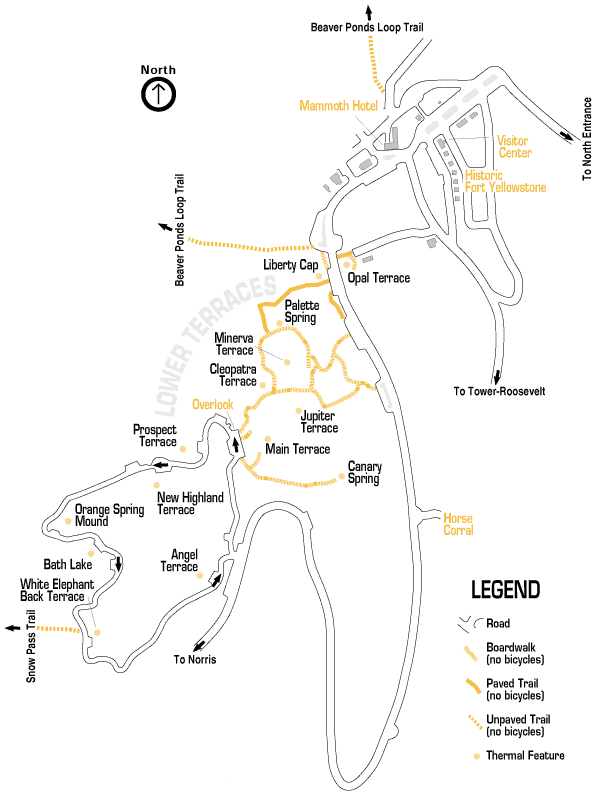

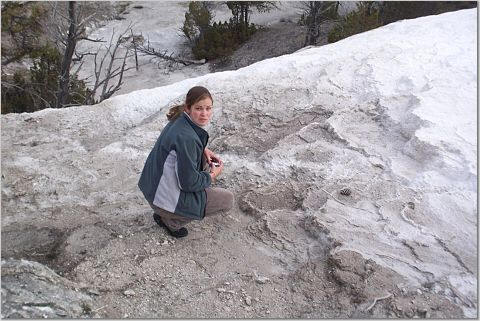
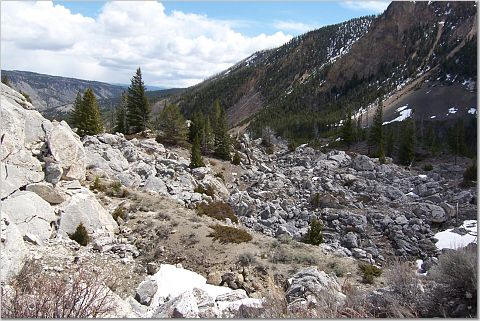

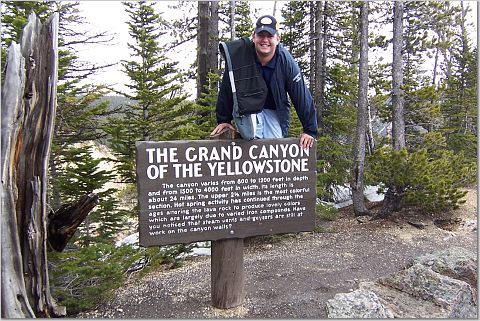
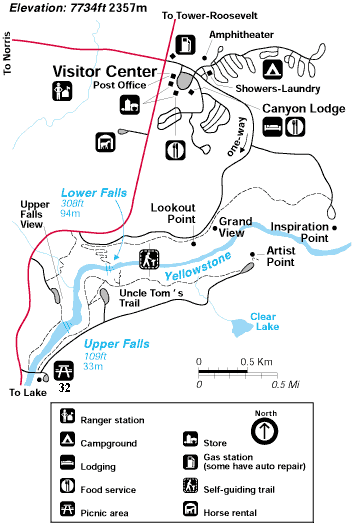
.jpg)
